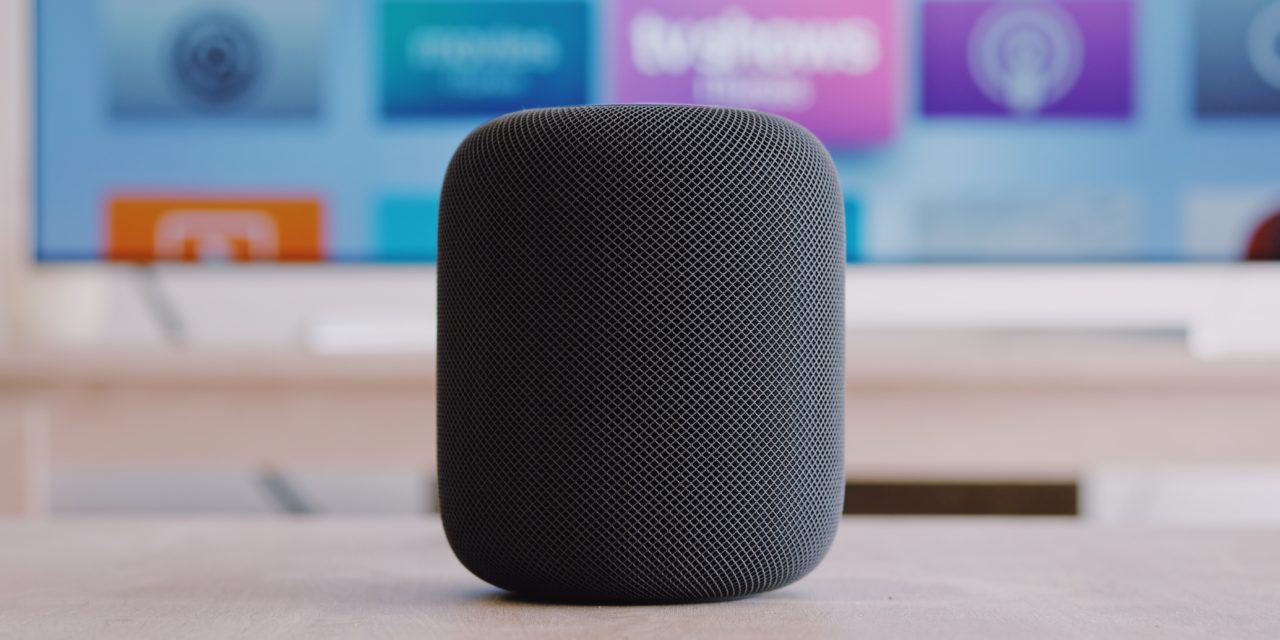Repost from: https://www.thedrum.com/opinion/2018/08/29/preparing-the-takeover-google-voice-search-seo-strategies
Whether or not you’ve embraced it, voice search is here to stay and it looks like it will be the next biggest trend in social media. In 2014, 41% of adults surveyed said they use voice search at least once a day. By 2020, 50% of all searches will be by voice search.
Google controls the lion’s share of the search engine market and it is essential to optimize your website.
Speech and type patterns are different
Think about how you perform a search when you’re typing your query rather than speaking. When you’re typing, you’re more likely to use a shorthand and leave out superfluous words. Conversely, when you speak, you’re more likely to speak in a complete statement.
For example, when searching for the best restaurants in New York. In Google, you will type “best restaurants NYC”. However, with a voice search, you will ask “What are the best restaurants in New York City?”
Google and other search engines have been working on improving the programming and machine learning that pick up speech patterns. What this means is that while you may need to enunciate to get Google to understand you at first, it should soon become familiar with your accent.
Long tail keywords are crucial
While the days of short tail keywords are well behind us, voice search makes targeting the correct long tail keywords more important than ever.
Marketers can optimize both types of search by using conversational, long tail keywords. The new keywords are very specific because they are being searched by people further down the buyer’s journey.
Instead of writing a blog post called “10 Home Decor Trends for 2018”, write for a more targeted audience with the post “10 Vintage-Inspired Home Decor Trends for Small Apartments”.
How to use Google voice search SEO Strategies
With regular search SEO, being within the first ten results and displayed on the front page of the search engine results was enough. Voice search makes this game more competitive because now all SEO and SEM marketers are aiming to have their content returned as the featured snippet that is displayed above the first organic result. The featured snippet typically displays the text from your site answering the question and an image.
How is the featured snippet generated?
There are two parts to how Google builds the featured snippet to display at the top of the search results.
Part of it is based on the same elements dictating your position in a search engine results page regardless of the type of search being conducted. This includes your domain authority, backlinks, social media engagement and more. This is to say that building a high-quality site that is fast and secure is still important.
The other half is based on how Google reads the content on your website. It ranks the text on your website based on the size of the font. Titles are the most important and then subheaders formatted in H2.
When performing a search, Google is looking for pages with the relevant keywords in the titles, subheaders and URL along with an authoritative, speedy and secure website for delivery as the featured snippet.
Use trigger words in your long-tail keywords
Keep in mind that people who are searching by voice are either in a rush or on-the-go. To get your content into that answer box, you need to use these popular “trigger” words when creating content. These phrases should appear not just in your post title, but in subheadings, the URL and meta descriptions as well. The most popular trigger words in voice searches are “how”, “what” and “best”.
Use tools like Google Trends and Google Suggest for ideas about what content you can generate based on these trigger words and keywords that apply to your site. When creating your posts, try to answer a question up near the top of the post and then follow it up with a relevant, well-researched, easy to read and informative post.
Think about how and where you want Google to display your content
Google prefers that voice search results are short and easy to read. At the same time, it seems to prefer long-form content (over 1000 words) as opposed to short-form content. Confusing, I know.
It comes down to the type of questions that are being asked. For search queries that have a simple or clear answer, Google wants something that is brief and accurate.
In order to catch both the Google Home and Chrome users, think about how to structure your posts so that Google can find an answer users can click to find more detailed information. Stick with simple vocabulary and shorter sentences to maintain readability.
It may be daunting to hear all the digital marketing pundits talk about how voice search is going to disrupt everything we know about search engines. It’s important to remember that voice SEO is still just SEO.
Now you know what Google is looking for when choosing what to select for its answer box and how to use Google voice search will put you be in a better position to take advantage of this new trend.














